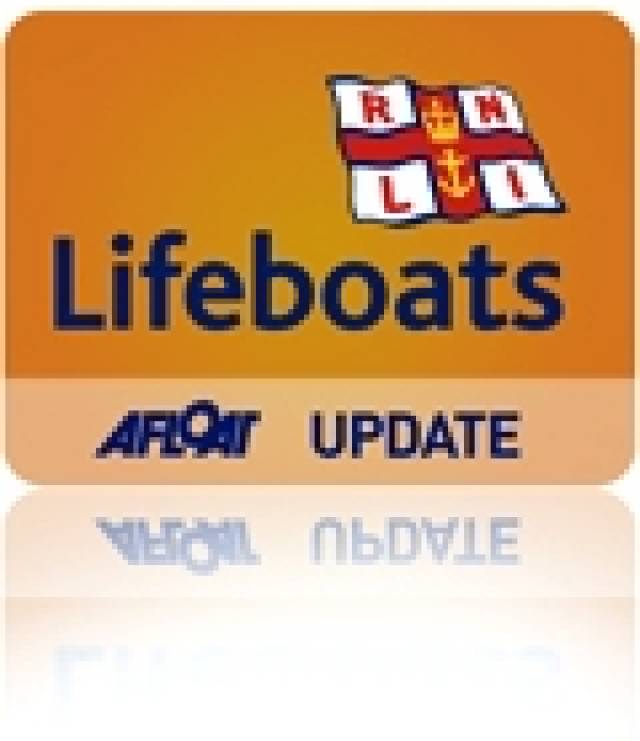#rnli – A sister's legacy in memory of her beloved brother will be honoured tomorrow (Saturday 22 September 2012) in West Cork when Baltimore RNLI hold the official naming ceremony and service of dedication for their new Tamar class lifeboat Alan Massey.
The €3 million lifeboat was largely funded through a legacy left by Ms Dorothy May Massey from Watford in England and is being named in memory of her late brother Alan. Dorothy was born in 1906 and passed away in 2003 aged 97, leaving instructions that she wished to fund a lifeboat in memory of her brother Alan. He had been a merchant seaman and after the death of his wife, went to live with his two sisters until he passed away in 1990 aged 87.
The lifeboat will be officially named by Mrs. Sue Windsor, a long time family friend of Ms. Massey. Mr. Michael Vlasto, RNLI Operations Director will also be attending to accept the lifeboat into the care of the RNLI before passing it on to the people of Baltimore, to be looked after and operated by the volunteer lifeboat crew under the guidance of well known Coxswain Kieran Cotter.
The Alan Massey (ON 1302) lifeboat arrived into Baltimore over seven months ago and was greeted by crowds of people who lined the route of its arrival from the famous Beacon at the entrance to Baltimore right into the mouth of the harbour. The RNLI are hoping for an even bigger turnout for the ceremony with many of the charity's volunteer lifeboat crew attending from the other 43 lifeboat stations in Ireland.
The new Tamar class lifeboat is 16.3 metres in length with a maximum speed of 25 knots compared to the 14.3 metres of Baltimore RNLI's former Tyne class lifeboat which had a maximum speed of 18 knots. The lifeboat is self-righting and is fitted with an integrated electronics systems and information management system, which allows the lifeboat crew to monitor, operate and control many of the boats systems from shock mitigating seats.
The lifeboat was substantially funded by a legacy from Ms. Dorothy May Massey, together with the generous bequests of: Henry and Joan Jermyn, John Noel Harvey Ward and John Heath.
































































